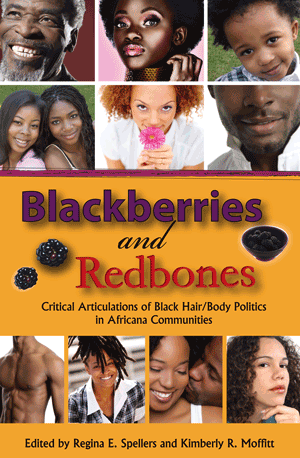The Meaning of Race in Healthcare and Research-Part 2: Should Race Be Used in Health Care and Research?
Pediatric Nursing
Volume 31, Number 4 (July-August 2005)
Pages 305-308
Cathy J. Tashiro, PhD, RN, Associate Professor of Nursing
University of Washington, Tacoma
The state of race today is complex and challenging. An article published in the preceding issue of this journal examined the history of race and its impact on health care. This article further examines the issue of race and health care as concerns arise regarding the relevance of genetics to health disparities. Pediatric nurses must examine the literature on race, as well as our own assumptions, and be clear about when and why we use racial categories and what they really mean.
The impreciseness of racial categories, as well as the history of racial discrimination in the United States, has contributed to skepticism about the use of race in the clinical setting. Reasonable concerns have been raised that suggest race has been proven to be a non-scientific concept, and that its use in medicine can both be highly misleading and can reinforce an erroneous belief in the inherent biology of race (Witzig, 1996). Fullilove (1998) has argued that race should be abandoned as a variable in public health research in favor of other levels of analysis, such as place of residence, which can provide more meaningful data about social conditions influencing health. The use of race in the clinical setting in particular can lead to stereotyping and even false assumptions (Anderson, Moscou, Fulchon, & Newspiel, 2001), as demonstrated by the case study at the beginning of the companion article published in the previous issue of this journal (Tashiro, 2005). President Clinton’s Cancer Panel, which convened a meeting of experts on “The Meaning of Race in Science,” concluded that race, as a social and political construct, has no basis in science; that there is no genetic basis for racial classification, nor for a belief that distinct races exist; and, that racism continues to exert a powerful influence in society (Freeman, 1997).
The American Academy of Pediatrics (AAP) stops short of advocating the abandonment of the concept of race altogether, but urges that when race is used adequate justification should be provided. According to the authors of the AAP (2000) position statement on race, “Although race historically has been viewed as a biological construct, it is now known to be more accurately characterized as a social category that has changed over time and varies across societies and cultures” (p. 1349). For this reason, in order not to perpetuate erroneous stereotypes, AAP recommends that race and ethnicity be used as variables in research only when they are accurately defined and when the reasons for using them are adequately explained.
Kaplan and Bennett (2003) suggest guidelines for responsible use of race and ethnicity in health- related publications. These include stating the reason for the use of race as a variable and specifying how individuals in the study are assigned to racial categories, avoiding the use of race as a proxy for genetic variation, and avoiding any stigmatizing and/or misleading terminology (Kaplan & Bennett, 2003, pp. 2711-2713). Regarding terminology, some (e.g., Lee, Mountain, & Koenig, 2001) have advocated for the use of the term “racialized groups” instead of “race” in research using race as variable, emphasizing that race is not inherently meaningful scientifically, but rather a concept that is produced by society.
While it would seem to make intuitive sense to abandon the use of race as a variable altogether, there are some dangers to that position too. Proponents for continuing to collect data by race argue that abandoning this practice would eliminate the evidence of health differences due to persistent inequalities between racialized groups (Krieger, Williams, & Zierler, 1999). Race is a social fact in the U.S., and the routine collection of data by race began in earnest because of the Civil Rights Act, in order to identify and eliminate discrimination in housing, employment, and other areas of civic life. Without the data, evidence of discrimination would be lost. In fact, the concept of “color-blind racism” has been identified as a way of perpetuating the racial hierarchy by ignoring racial inequalities (Bonilla-Silva, 2003). In this regard, if the Institute of Medicine report on unequal treatment, discussed previously in the companion article (Tashiro, 2005), is any indication, “color-blindness” has not yet arrived in the examining room, and to pretend that it has will detract from efforts to ameliorate the social and economic conditions producing health disparities.
One’s stance toward race must by necessity be complex. As Krieger (2001) states in relationship to epidemiologic research, “considering lived experiences of racism as real but the construct of biological ‘race’ as spurious, social epidemiological research investigates health consequences of economic and non-economic expressions of racial discrimination” (p. 696). To paraphrase Krieger: while race is not real, racism is.
Read the entire article here.
